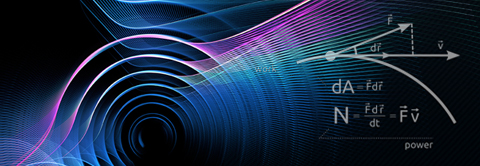A new impurity solver for multi-orbital systems: adaptive truncation of the Hilbert space
2016.04.04 11:45
| 날짜 | 2016-04-05 16:00 |
|---|---|
| 일시 | Apr. 5 (Tue.), 4PM |
| 장소 | E6-2. 1st fl. #1322 |
| 연사 | Dr. Ara Go, Columbia University |
"A new impurity solver for multi-orbital systems: adaptive truncation of the Hilbert space"
Apr. 5 (Tue.), 4PM, E6-2. 1st fl. #1322
Dr. Ara Go, Columbia University
The exact diagonalization (ED) has many attractive advantages as an impurity solver for the dynamical mean-field theory (DMFT). It solves the impurity Hamiltonians with any types of interaction in contrast to the quantum Monte Carlo, which suffers from the severe sign problem in low symmetry situation. However, the ED approximates the continuous bath to a finite quantum mechanical problem to reduce the system size, so that the total number of orbitals is less than 14. This is insufficient, to treat most multi-orbital systems via the DMFT. To overcome this limit, we first adapt the configuration interaction (CI) as an impurity solver. We show the computed optical conductivity through this method is in excellent agreement with the experiment at gap edge. We have further developed adaptive truncations of the Hilbert space, which can handle much larger impurity Hamiltonians without loosing the advantages of the ED. We benchmark the one-dimensional Hubbard model and show that this impurity solver can obtain sufficiently accurate Green functions of impurity Hamiltonian with 24 electronic orbitals. The solvable system size in this method is larger than twice of the ED limit, and this capability enlarges the DMFT applications to many unexplored problems. I also discuss the possible applications, focussing on the multi-orbital systems with low symmetry.
Contact: MyungJoon Han, Physics Dept., (mj.han@kaist.ac.kr)






